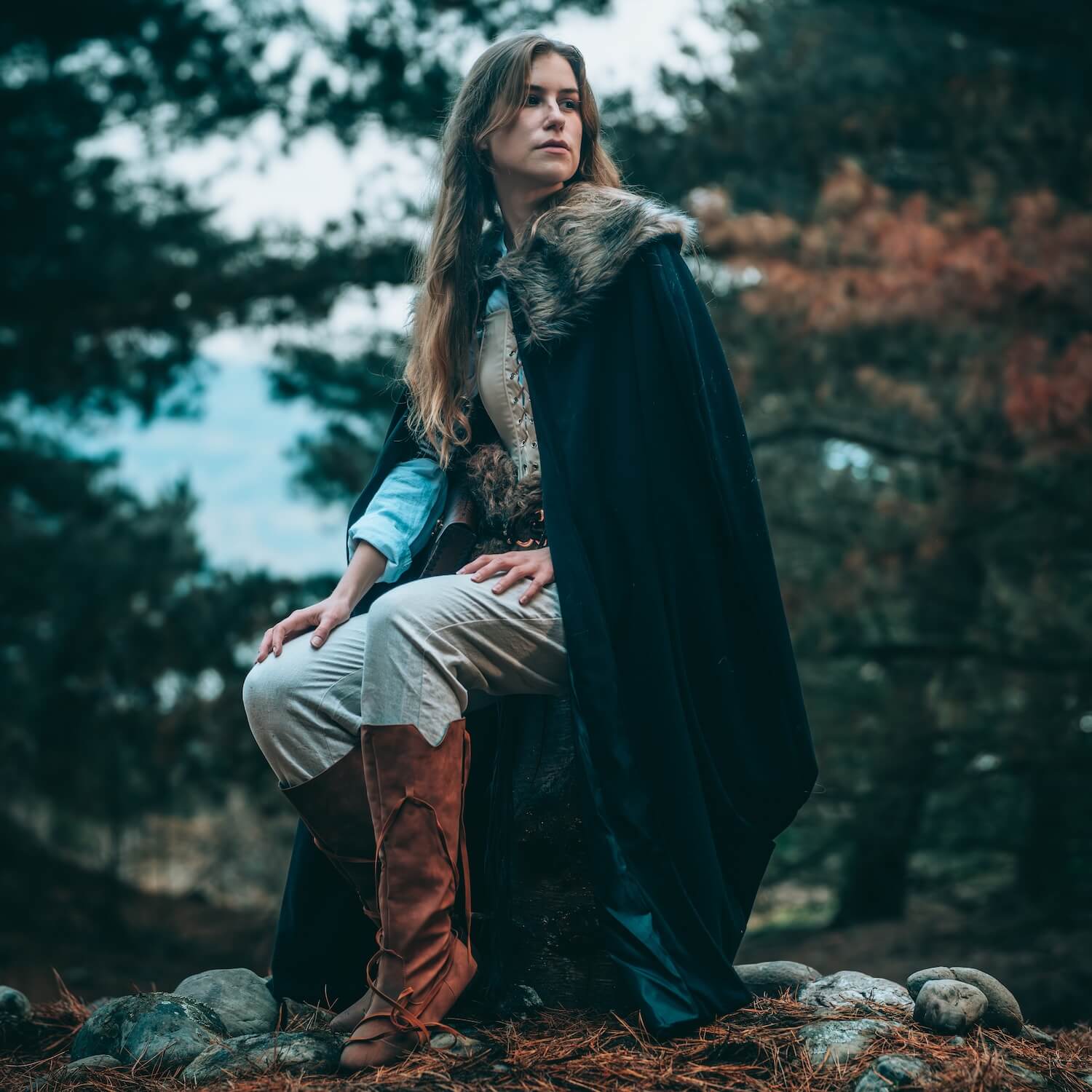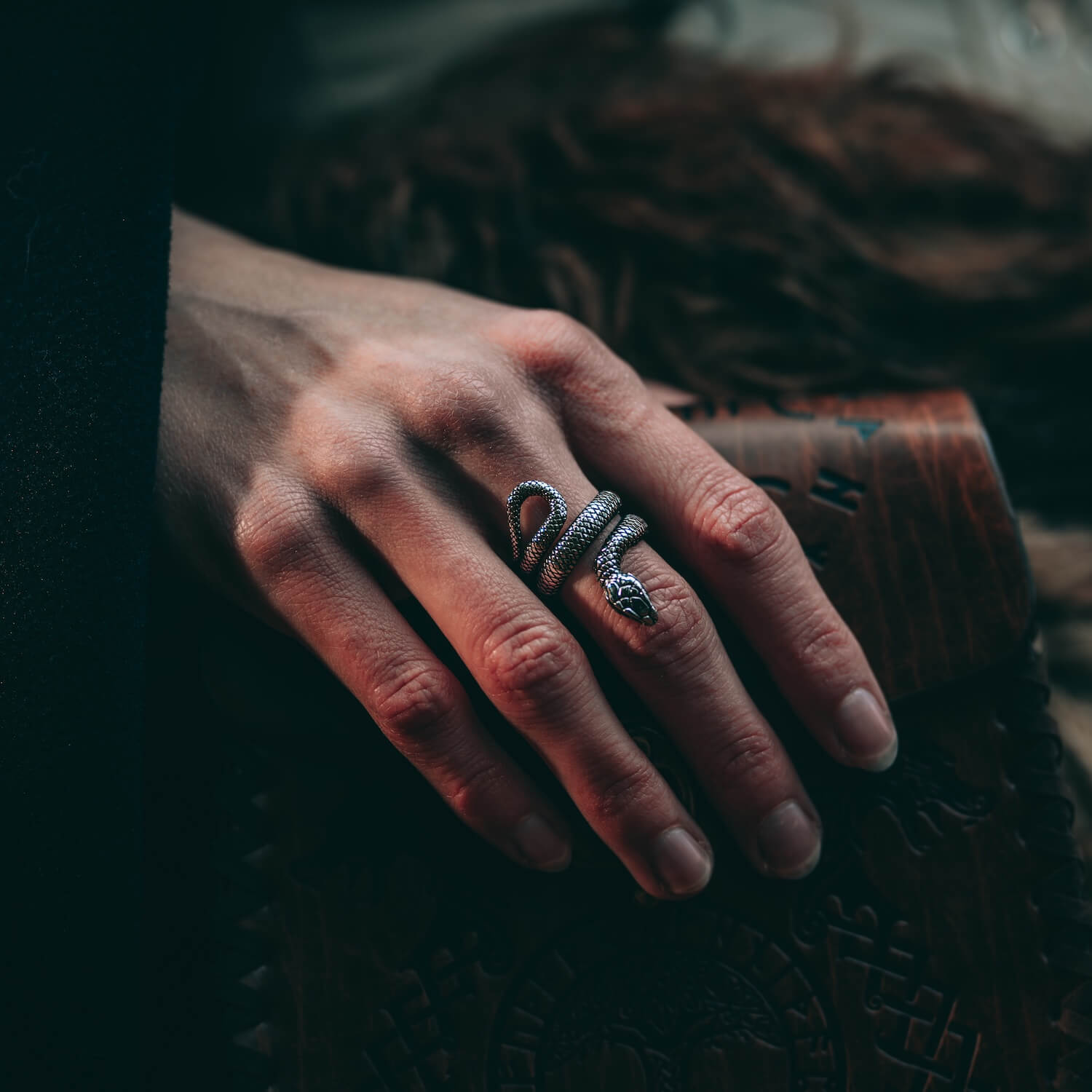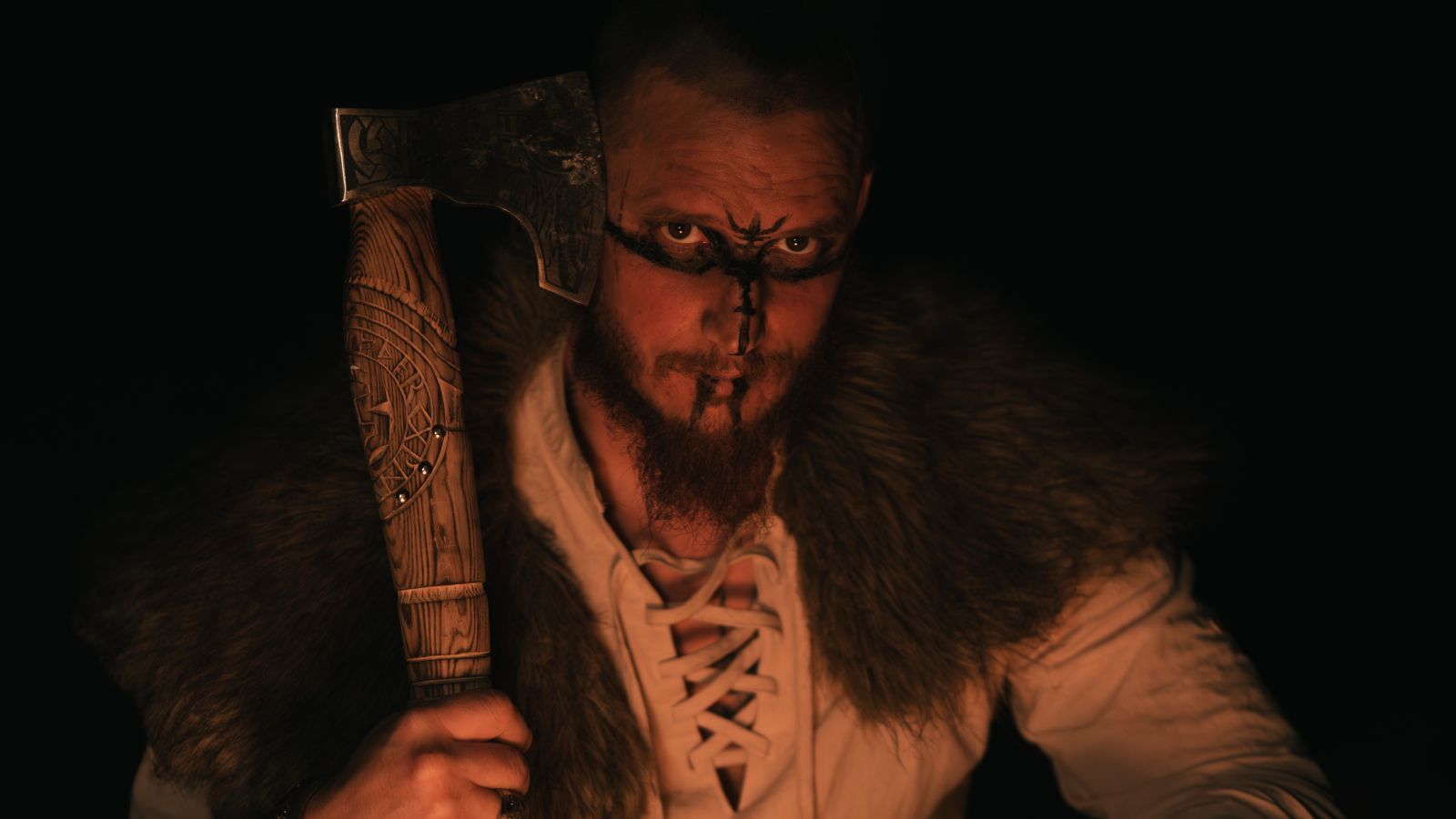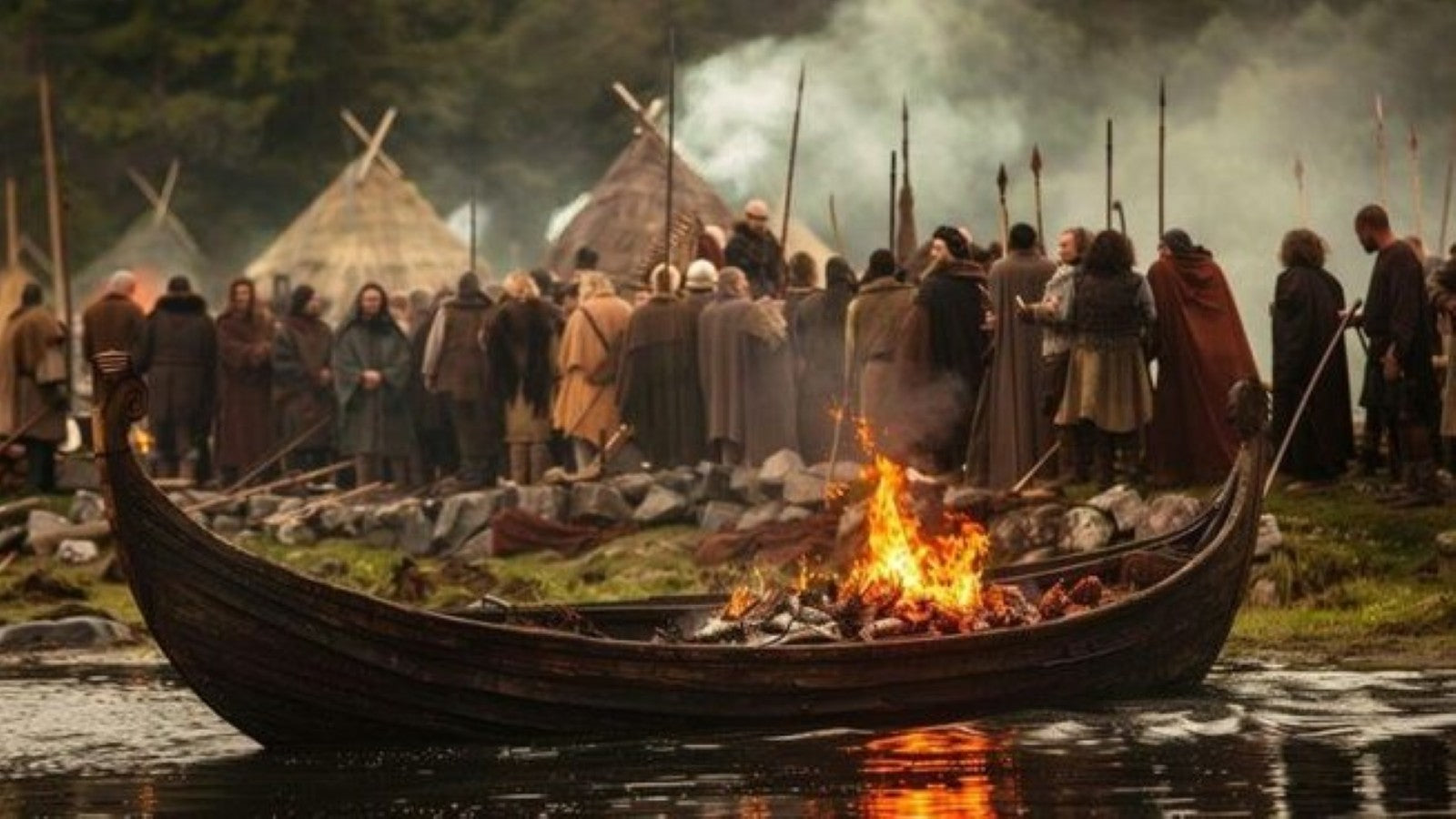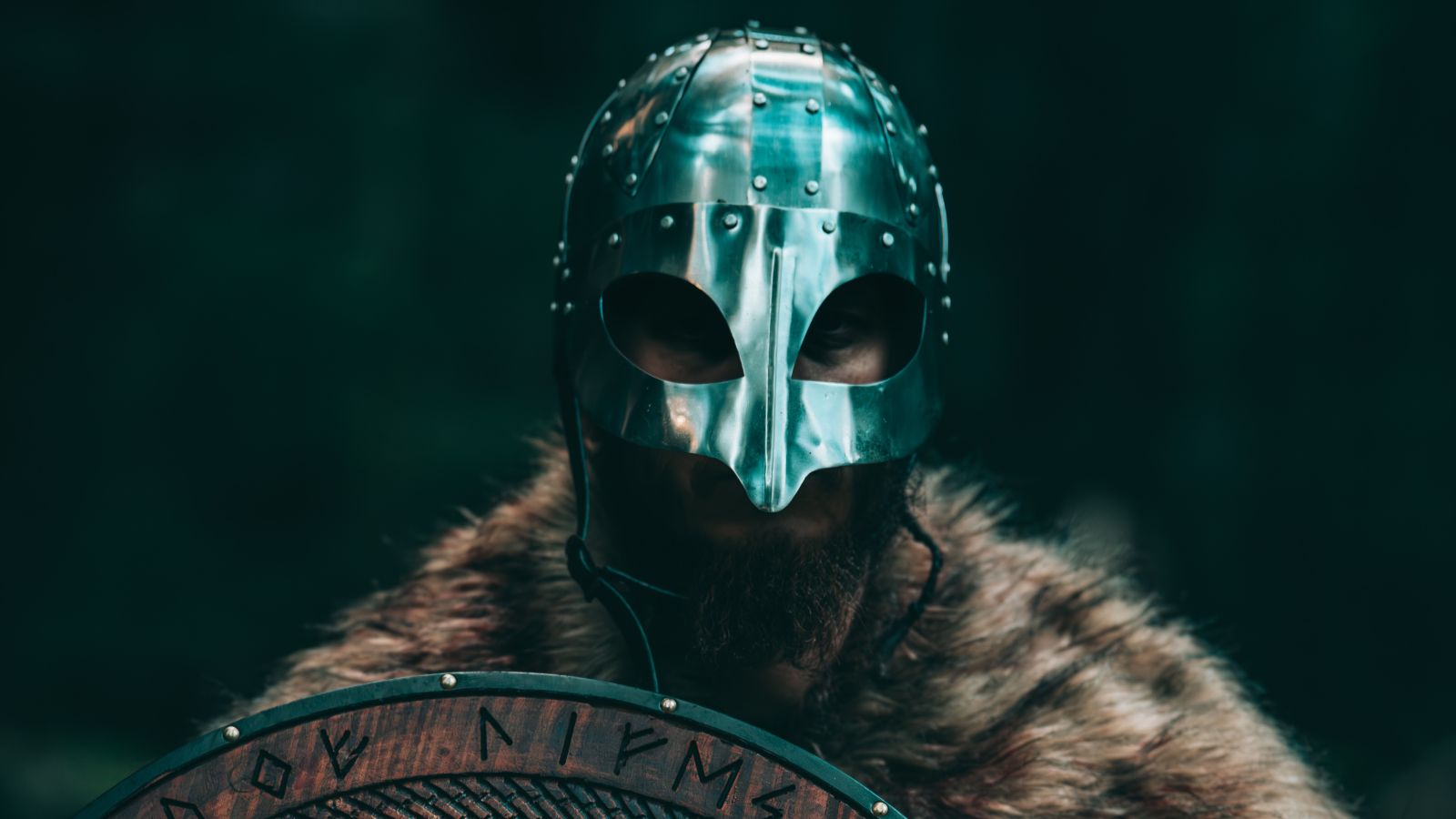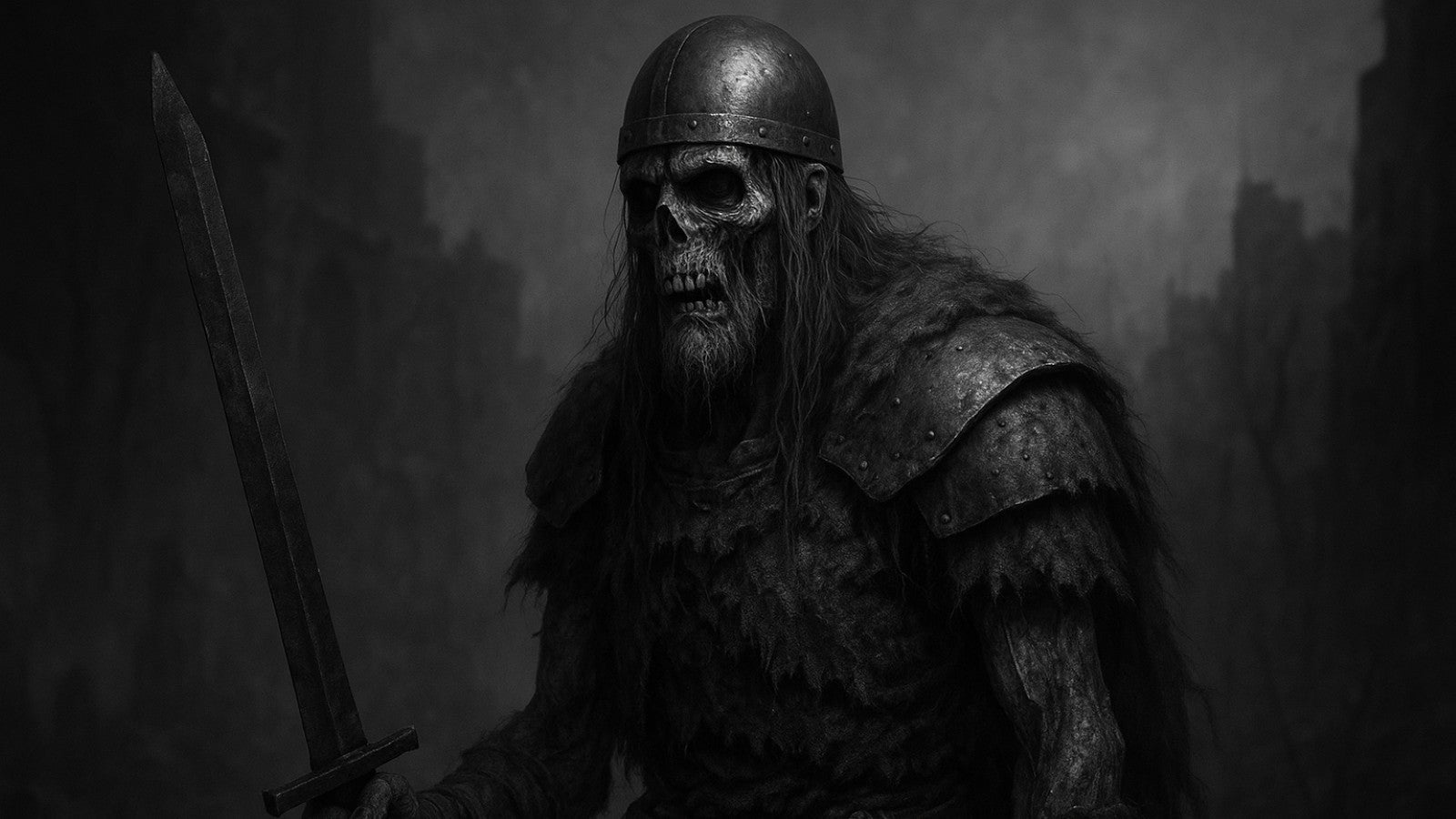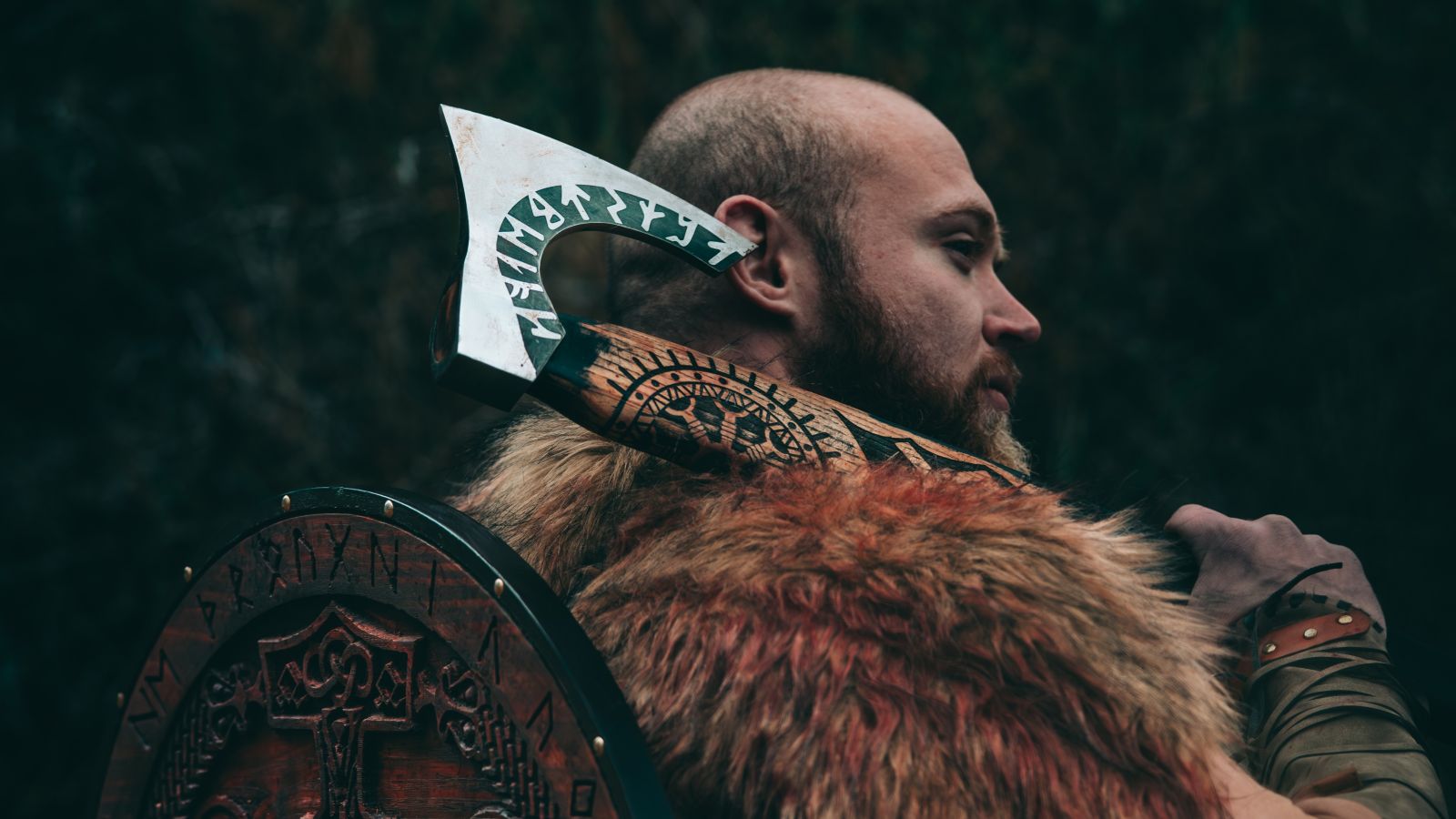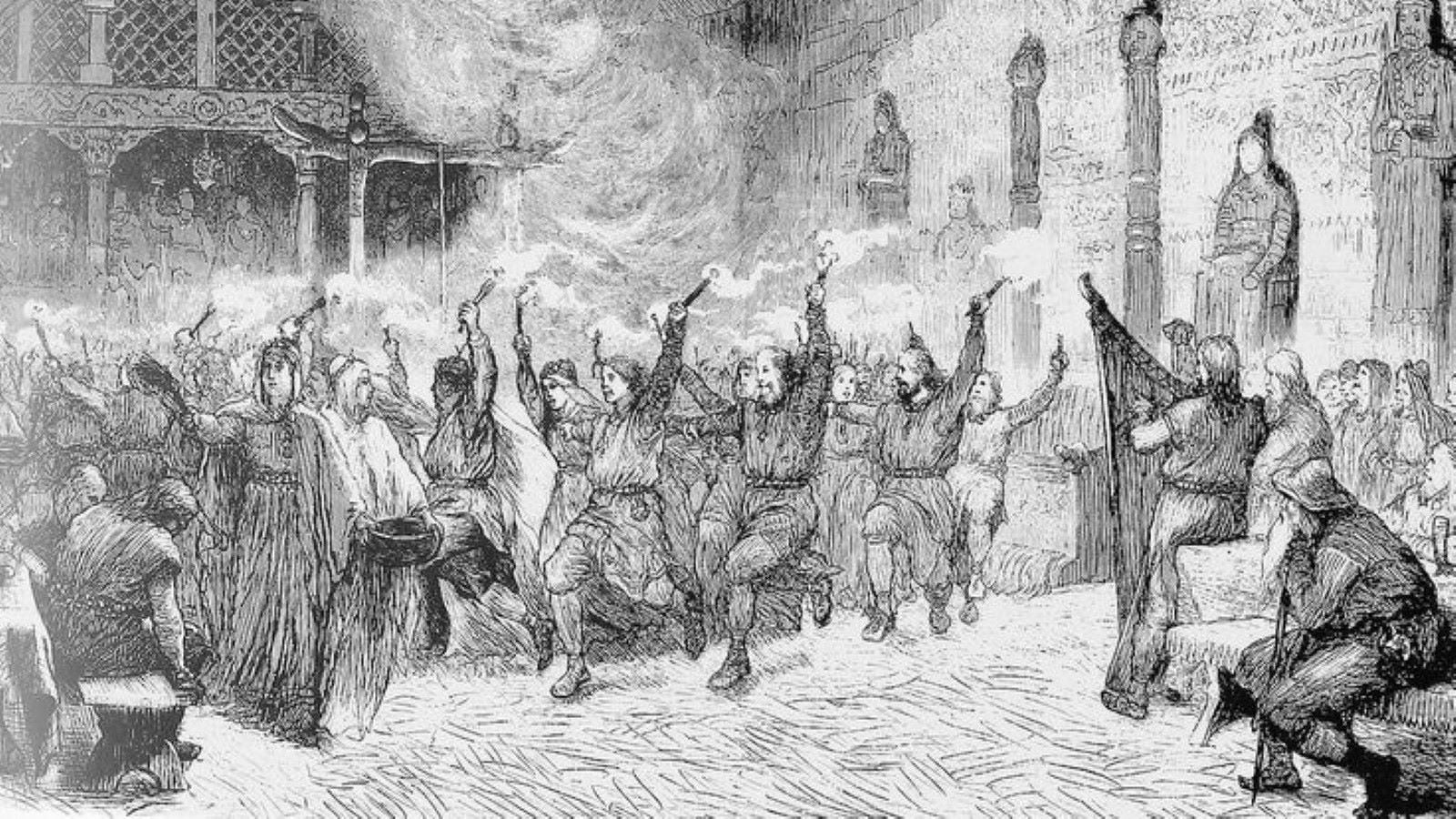
Sigrblot: A Glimpse into Viking Triumphs
We've uncovered tales of solstices, feasts, and rituals that echoed through the ages. Yet, there's one gem that gleams brightly but often goes unnoticed nowadays—a celebration that unfolded during the first days of summer, it's Sigrblot, a festival that resonated through the heart of Viking culture, celebrating triumphs and victories.
In the Viking Age, Sigrblot was a momentous occasion, a collective expression of gratitude for triumphs achieved in battle and in life. Celebrated during the first days of summer, it marked a time when the Norse people paid homage to their gods, seeking favor for future conquests and prosperity. The heart of the celebration lay in sacrificial offerings to the deities, often in the form of animals, symbolizing the gratitude for victory in battles and the hope for future successes.
Bonfires roared to life, casting a warm glow upon the revelers as they partook in communal feasts. The air buzzed with the sounds of laughter, storytelling, and the clinking of drinking horns, each sip a toast to the collective achievements of the community. As the night unfolded, solemn ceremonies were held, intertwining the mortal realm with the divine, forging a connection between the people and their gods.
While the intricate details of Sigrblot's celebration in the Viking Age are fascinating, it's equally captivating to reflect on how these ancient traditions have left an indelible mark on our understanding of community, triumph, and gratitude. So, let the echoes of Sigrblot guide you through the corridors of time, painting a vivid picture of a people bound by a shared sense of victory and a commitment to their gods.




